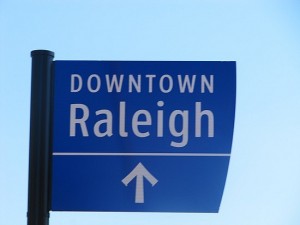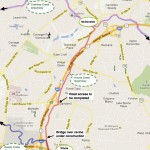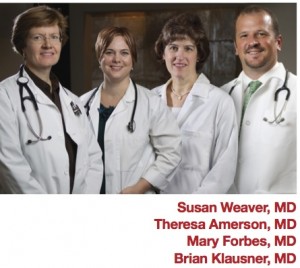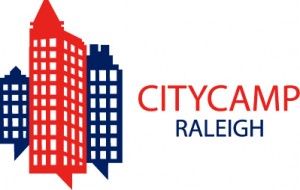 Many people love to come downtown to “play”, enjoying the entertainment and dining choices that a city has to offer, but when considering where they call home, they assume that urban living is too expensive. Let’s take a closer look.
Many people love to come downtown to “play”, enjoying the entertainment and dining choices that a city has to offer, but when considering where they call home, they assume that urban living is too expensive. Let’s take a closer look.
You don’t need the same size house if you live downtown.
It’s true that the cost of living downtown is in most cases higher on a per square foot basis, but that should not be surprising. Raleigh is no different than most other urban centers where land values create a higher density environment. Buildings go up instead of out. The benefit is that active areas within urban centers are in close proximity to each other, allowing people to walk or use public transit to get with ease from place to place where they live, work and play.
More people today are willing to sacrifice space for a walkable neighborhood.
Compared to the suburbs or smaller towns, you would likely need to be relatively wealthy to live in a similar size house downtown, if you could even find one. Yet many are beginning to question traditional “outsized fantasies” about a big house being a symbol of success. According to recent surveys, Most Americans want a walkable neighborhood, Not a Big House. And More Proof.
Do you really need all that space?
You can buy more house for the money in the suburbs, but if you don’t need all the extra space, the overall cost to live downtown may be the same or less.
Consider these factors. Younger people looking to keep maintenance costs low are happy to live in a multi-unit settings like small apartments, townhouses or condos. Imagine not having to need a garage full of lawn and garden equipment to maintain a big yard. And look at utility costs. Multi-unit living provides a much more efficient interior space for heating and cooling. Living in a condo, my average electric bill is less than $100.00 per month.
It can undoubtably be a challenge to downsize for people who have collected lots of stuff in a bigger house, but many empty nesters have found the freedom that city living offers. My wife says downsizing “means getting rid of all the extraneous things and noise in your life that are not contributing to your happiness”. Her advice is to “get rid of the clutter, and everything around you becomes the things you love”.
Reconsider the value proposition for living downtown.
Living downtown offers a vibrant, unique lifestyle with benefits that add value beyond a simple comparison of cost. These include:
- Healthy lifestyle from walking places rather than driving
“3% of Americans live in walkable neighborhoods, though 40% report that they wish to, including 77% of Millennials.”
- Not having to worry about parking
“Downtowns can’t compete with suburbs for convenient parking. Instead, convenience must come from walkability and proximity. You don’t need much parking when people are living nearby, in desirable, walkable places.”
- Better social experience and networking
“Downtowns facilitate the need and want for social and economic exchange, where convenience and proximately aren’t at odds.”
Finally, I would make the case that downtown living is likely to offer the best long term investment opportunity when compared to suburban areas, as more people choose to make do with less space by living smaller, working closer and shedding excess.
So the next time you hear someone say it’s too expensive to live downtown, you might agree on a per square foot basis, but also suggest that they might want to consider sacrificing some indoor space for the full range of benefits that comes with urban living. When adding in the positive factors to the environment from less cars on the road, the physical benefits of walking, the social impact of neighbors meeting each other face to face, rather than waving from behind windshields, I’d say that it’s a bargain to live Downtown!



